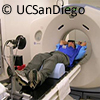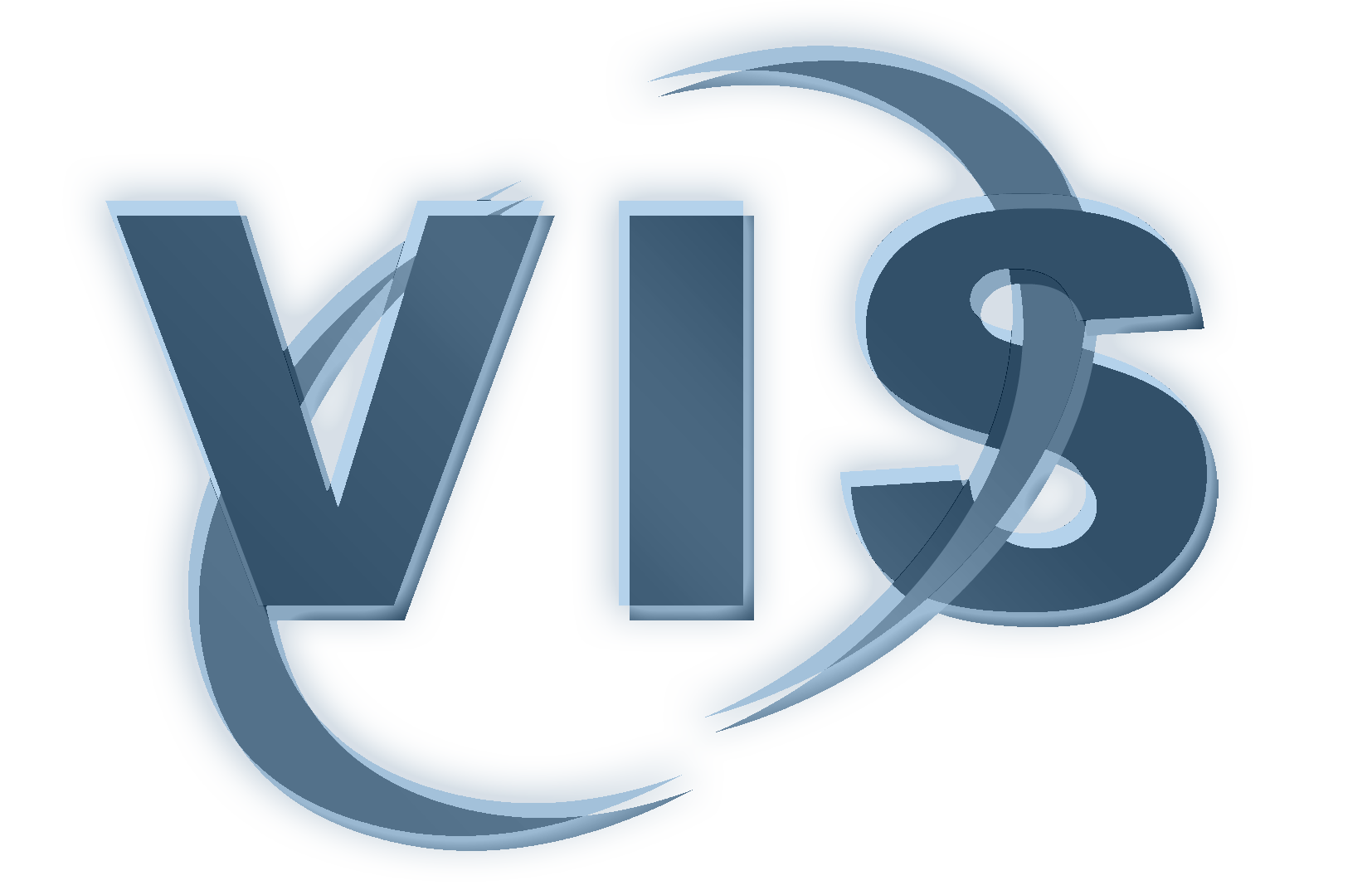4D-CT und Therapieplanung
 Die Physikgruppe in der Klinik für Strahlentherapie der Medizinischen Fakultät bietet verschiedene Themen für wissenschaftliche Team- und Individualprojekte sowie Bachelor- und Masterarbeiten an. Die Beschreibung der einzelnen Themen sind den unter “weitere Infos” stehenden Dokumenten zu entnehmen. Es handelt sich dabei vorrangig um das Testen einer 4D-CT Anlage, der Optimierung von Therapien sowie um die Erprobung von virtuellen Simulationen. Ein Anpassung der Themen an die entsprechenden Projektarten ist möglich.
Die Physikgruppe in der Klinik für Strahlentherapie der Medizinischen Fakultät bietet verschiedene Themen für wissenschaftliche Team- und Individualprojekte sowie Bachelor- und Masterarbeiten an. Die Beschreibung der einzelnen Themen sind den unter “weitere Infos” stehenden Dokumenten zu entnehmen. Es handelt sich dabei vorrangig um das Testen einer 4D-CT Anlage, der Optimierung von Therapien sowie um die Erprobung von virtuellen Simulationen. Ein Anpassung der Themen an die entsprechenden Projektarten ist möglich.
Anforderungen
- Eigenständige Einarbeitung in neues Themengebiet
- u.U. Programmiererfahrung (C++ o.ä.)
